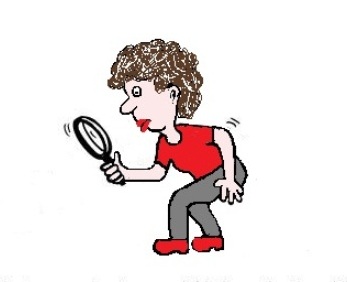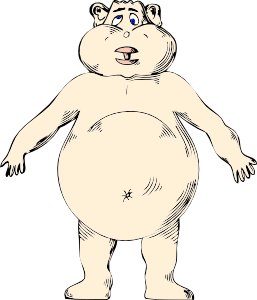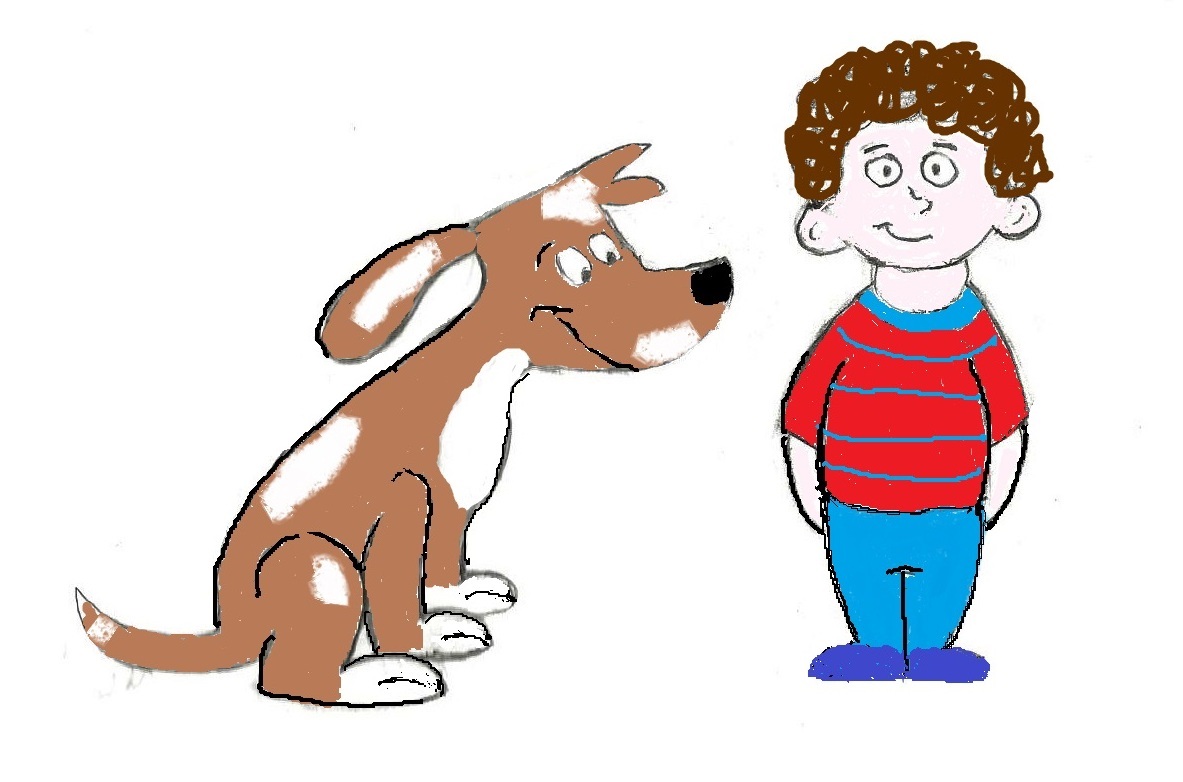- Home
- Toxic Chemicals & Health
- Body Burden
Body Burden
Living a toxin free life is impossible today. Toxins are in our air, water, soil and even the dust in our houses. Toxins have been found in the remotest parts of the planet. The accumulation of these toxins in our bodies is known as body burden.
Our Body Burden
- Scientists
estimate that everyone alive today carries within her or his body at least 700
contaminants.
- Studies
on the cord blood of newborns in the U.S. and Canada found the presence of 200 different
synthetic chemicals in their blood.
- Toxins in our bodies can interact to add to or magnify each chemicals toxic effect.
Quick to Enter – Slow to Leave
The toxins that we absorb are eliminated from the bodies at different rates, known as the toxic substance half-life. At one end of the spectrum are toxins that are expelled within hours of exposure, like alcohol and arsenic. At the opposite end would be chlorinated pesticides, such as DDT, that can remain in the body for 50 years, and lead, with a half-life of 25 years if stored in our bones.
In between are PCB’s (polychlorinated biphenyl cogeners), with 10-15 yr
half-lives, and PFC’s (add link) with half-lives of 4-5 years. Not only are
PFC’s slowly eliminated, but they are also stored in the liver and serum and
not in body fat. This means that the PFCs absorbed by your body today from
cooking in a nonstick pan, may hang out in your liver for the next 5 years!
Great Reasons to Love Your Liver
Reducing your exposure to toxins is a great way to show your liver some love. The body’s detox machine, our livers can be overwhelmed and overworked by exposure to too many toxins. With nowhere to go, the toxins are stored in our bodies. When functioning properly the liver filters and removes toxins from the blood and changes (metabolizes) fat-soluble toxins into water-soluble forms that can be excreted from the body.
The liver detoxifies these harmful substances by a complex series of chemical reactions. Detoxification by the liver is a two-step process. In the first step, the chemical make-up of the toxin is changed (it can become more or less toxic) using many enzymes. If the toxin is changed to a water-soluble form it is excreted by the kidneys. The fat-soluble output products of Phase I are further processed in Phase II into new water-soluble substances. These substances are then excreted.
It is important to note that some chemical toxins resist breakdown by the liver. Also, the liver can be so overwhelmed by toxins during the first step of the process that the critical nutrients needed to complete the second step are depleted.
We
are exposed to toxins from a variety of sources. Some exposure is beyond our
control. However, making smart, toxin free choices in the products we use everyday
can reduce our body burden, giving our livers a fighting chance to protect us.







